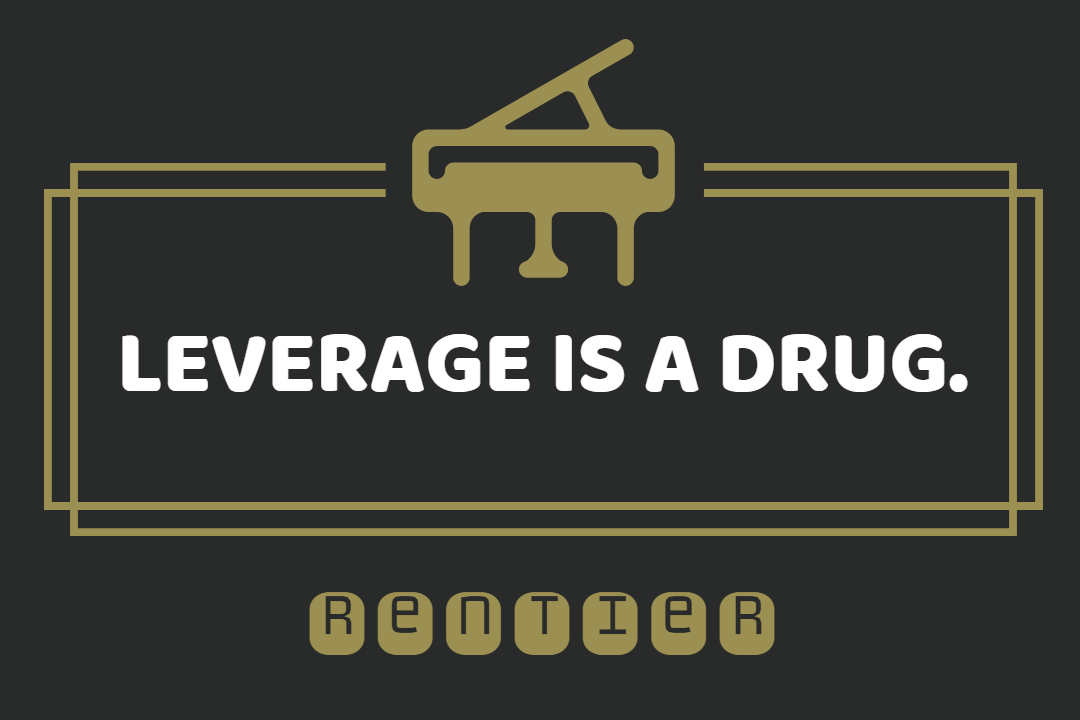
How to Build Credit History from Scratch
Continue from previous post
Can you talk a little more about how to get started doing credit card arbitrage, like the basics? I just discovered this and am still trying to get my head around how you get the cash from the cards to invest. I think you are supposed to charge your monthly expenses and then take that money you saved and invest it? Is that correct? Also, How does one go about getting all these credit cards without tanking your credit score and then getting denied by any more cards in the future? I have 2 credit cards with low limits, each around $2,500. Those won’t work. And do you need to get the checks from the card companies for this to work? Impressed by what you’ve done here, just want to know the initial details on how to get started. Thanks!
There are lots of great online resources to learn about credit. Instead of changing just a few words in the same content, I show you how we start out with no credit score at all. Let me bring those old posts from a blog called SoCal Credit Card. I have been tracking a credit journey of 4 people over the course of years.
This is a list of credit cards and limits for the same individuals as of April 2015. I had this blog from 2009 to 2015 until GoDaddy screwed up my domain registration. I will salvage some contents back to this blog in the future.
Review these resources and create your own strategy. Things change quickly, but the basics of a credit scoring system never change. The goal is to have a $300,000 cashable credit limit from major banks.
How to Increase Credit Limit
Getting approved for a credit card depends heavily on your credit score and recent activities in your credit report. What about credit limit? There are 2 things that matter: total revolving credit limit and annual income.
Total Revolving Credit Limit
Some banks are easy to get a credit limit increase, some are not. American Express and Citi are the 2 banks that help boost your total revolving credit limit. I will cover details on each bank in the next section.
Annual Income
Your annual income matters to your credit limit. If you do not work, put a random company name (i.e. Twitter, Inc.) and find a favorite job title on the career listing page. Copy and paste the mailing address and phone number from their corporate website. Make sure it is a real company. $250,000 annual household income will be enough. Banks never verify income and employment. Do same for your partner. The key is to stay consistent. Set your story down and use the same profile for all future credit card application and limit increase requests.
American Express
Amex credit cards are not for a balance transfer. You can only transfer 50% of your assigned credit limit, up to a maximum of $7,500, whichever is less. Amex should be used to increase the total amount of revolving credit, which will lower your credit utilization ratio when you have massive balance transfers. You can request up to 3x of your current limit. It is very easy to reach $30,000 limit per card.
Recommend
- Amex EveryDay Credit Card: 25,000 points after $2,000 spend
- Blue Cash Everyday Card: $150 after $1,000 spend
Bank of America
You should apply for a new card rather than requesting a credit line increase. This way, you will also get the sign-up bonus. Just be careful with the 2/3/4 rule when you apply. Bank of America cares your credit allocation rather than the individual limit. My average credit card limit on each card is about $20,000, and the total credit limit on all of my credit cards combined is about $80,000.
Recommend
- Bank of America Cash Rewards: $200 after $500 spend
- BankAmericard: zero fee balance transfer
- Susan G. Komen Cash Rewards Visa: $200 after $500 spend
- MLB: $200 after $500 spend
- World Wildlife Fund: $200 after $500 spend
- U.S. Pride: $200 after $500 spend
Avoid
- Bank of America Travel Rewards: 25,000 bonus points after $1,000 spend
- Bank of America Premium Rewards: 50,000 bonus points after $3,000 spend; $95 annual fee
Barclaycard
Easy to reach $20,000 limit. Request a credit increase as soon as you receive a new card. I increased my credit limit from $5,000 to $20,000 this way. Note that the maximum balance transfer amount is $20,000 per account, not per credit card.
Capital One
I am not familiar with Capital One. It seems not very easy to get $20,000+ limit if your initial limit is low.
Chase
You should apply for a new card rather than requesting a credit line increase. Make sure to request a product change before you apply a same card, or you will not get the sign-up bonus. Just be careful with the 2/30 Rule & 5/24 Rule.
Recommend
- Chase Freedom Unlimited: $150 after $500 spend
- Chase Freedom: $150 after $500 spend
- Chase Slate: zero fee balance transfer
- Chase Sapphire Preferred: 50,000 bonus points after $4,000 spend; $95 annual fee
For the Chase Slate and Chase Sapphire Preferred, request a product change to the Chase Freedom when you are done with the sign-up bonus.
Citi
Super easy to request. Like Barclaycard, request a credit increase as soon as you receive a new card. I increased my credit limit from $7,000 to $25,000 this way. Be careful with the 8/65 rule.
Recommend
- Citi Double Cash
- Citi ThankYou Preferred
Discover
Easy to reach $25,000 limit. You can have a total of 2 Discover cards with combined total limit of $50,000.
Recommend
- Discover it
U.S. Bank
Useless, forget it. Keep them to increase the total amount of revolving credit.
Wells Fargo
Useless, forget it. Only 1 card per person.
Target Cashable Credit Limit
Here is a breakdown of the $300,000 limit. You get a high enough credit line from 4 major credit card issuers: Bank of America, Chase, Citi, and Discover. Do not count on American Express, Barclaycard, and Capital One. They are shit.
| Bank | Limit |
|---|---|
| Bank of America ($20,000 * 4) | $80,000 |
| Chase ($20,000 * 4) | $80,000 |
| Citi ($25,000 * 4) | $100,000 |
| Discover ($25,000 * 2) | $50,000 |
| Total Cashable Credit Limit | $310,000 |




